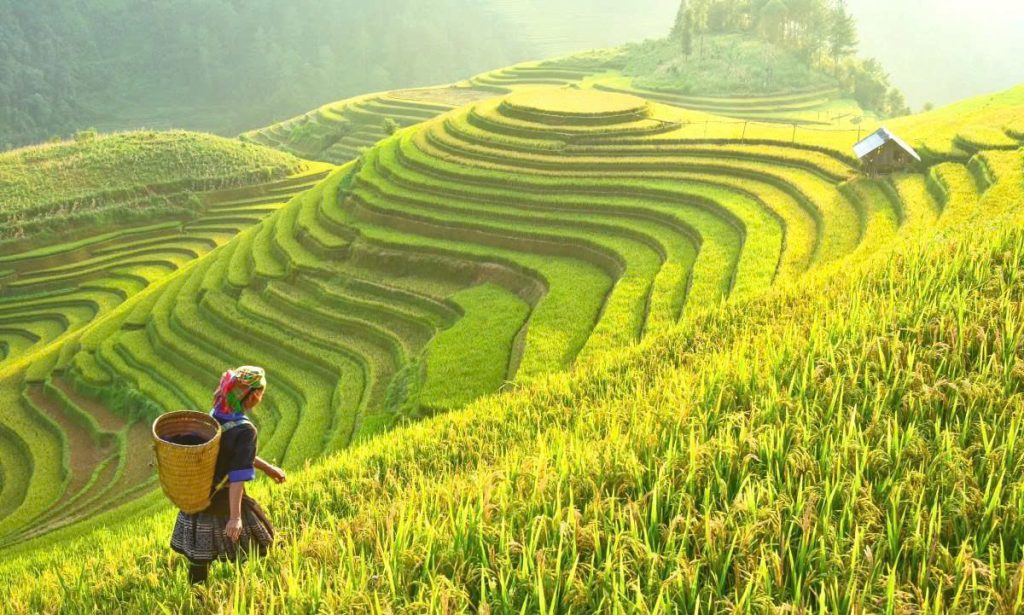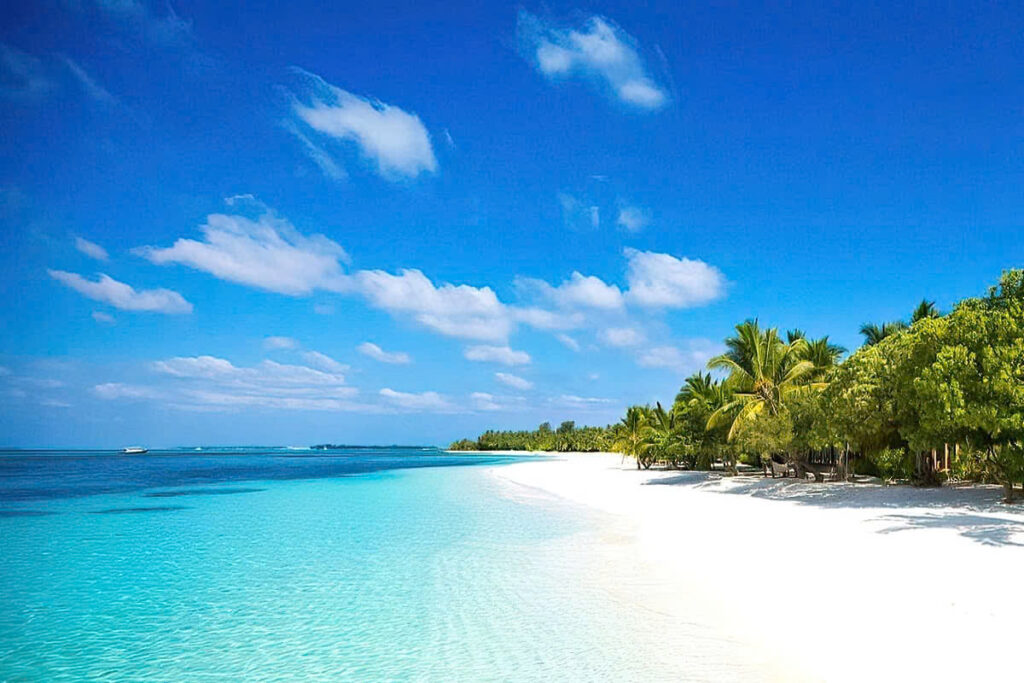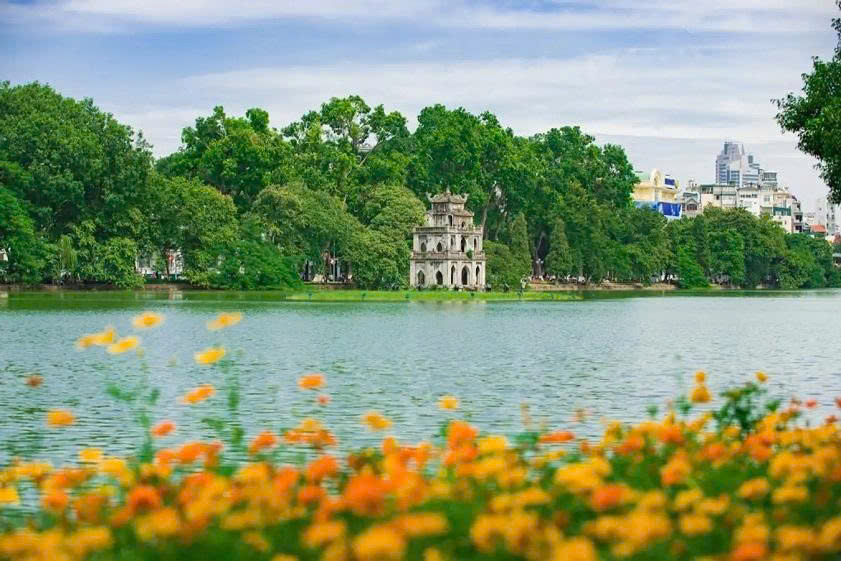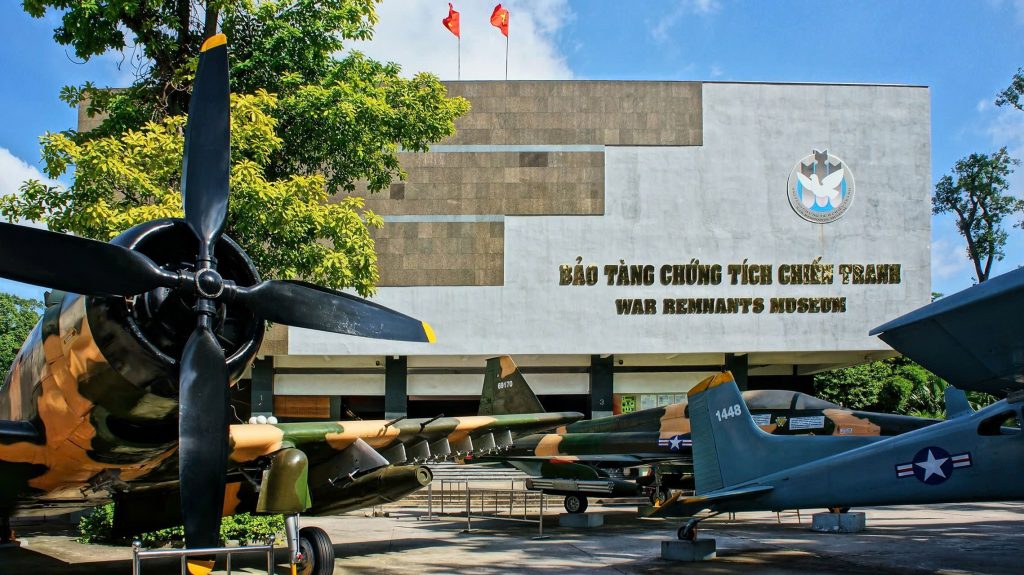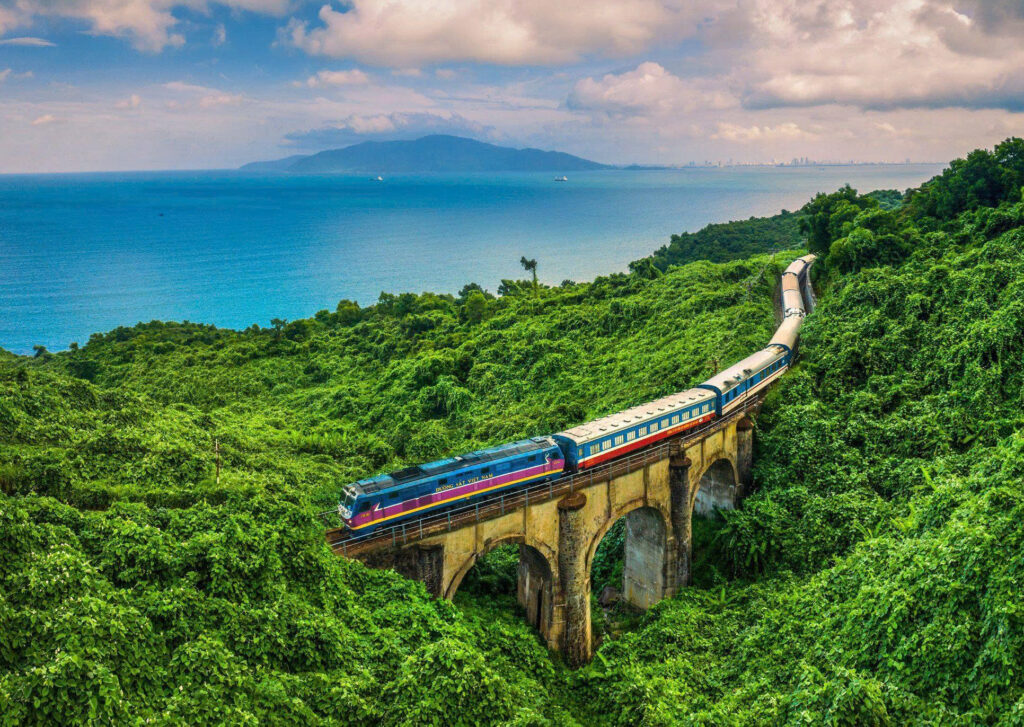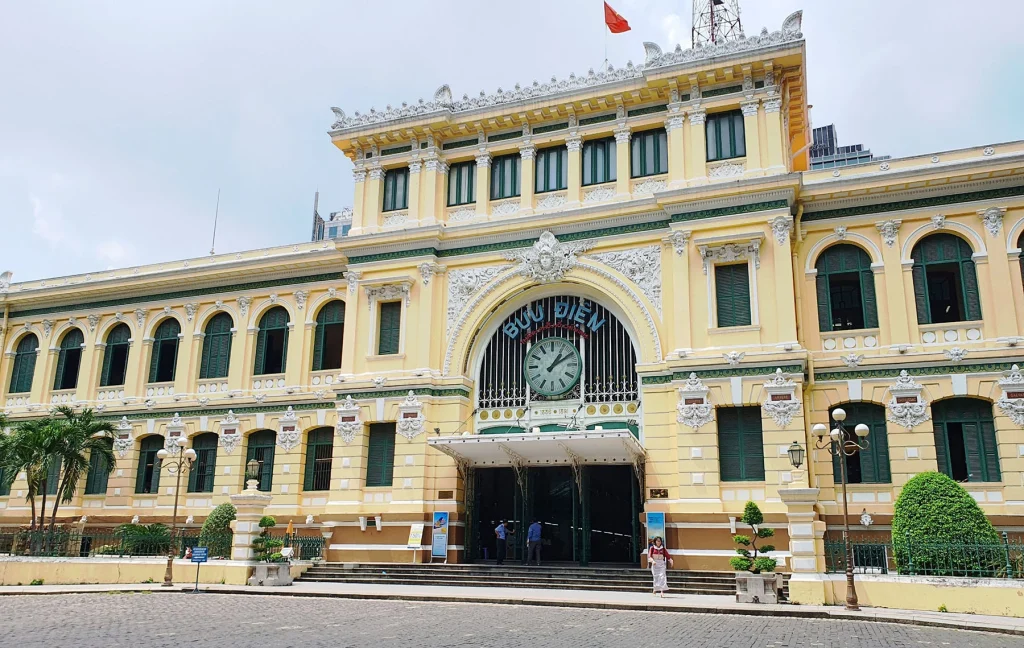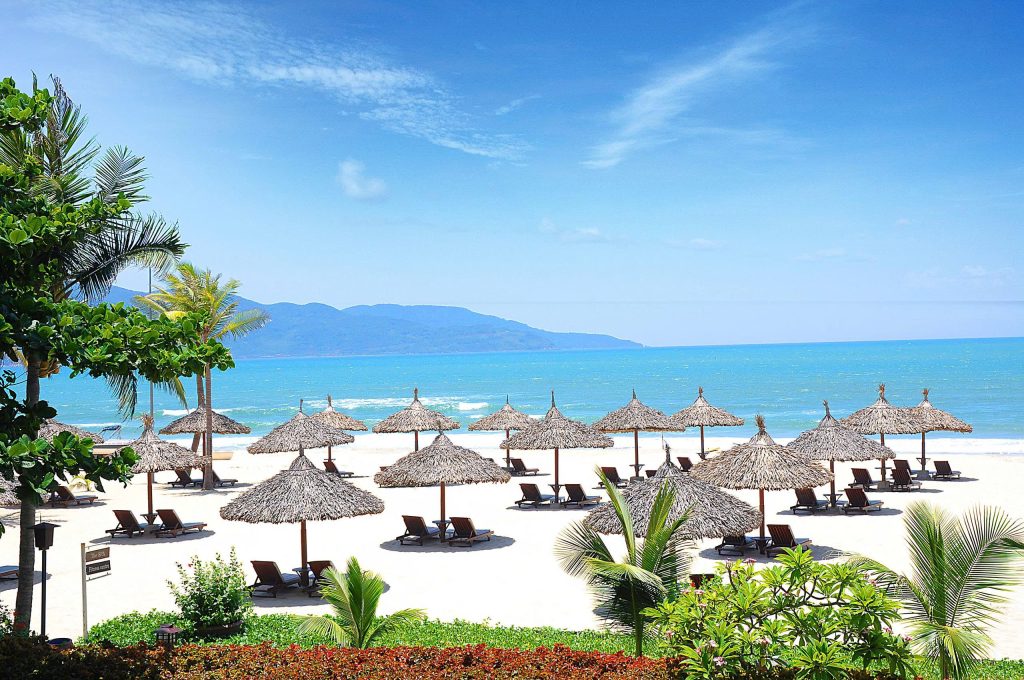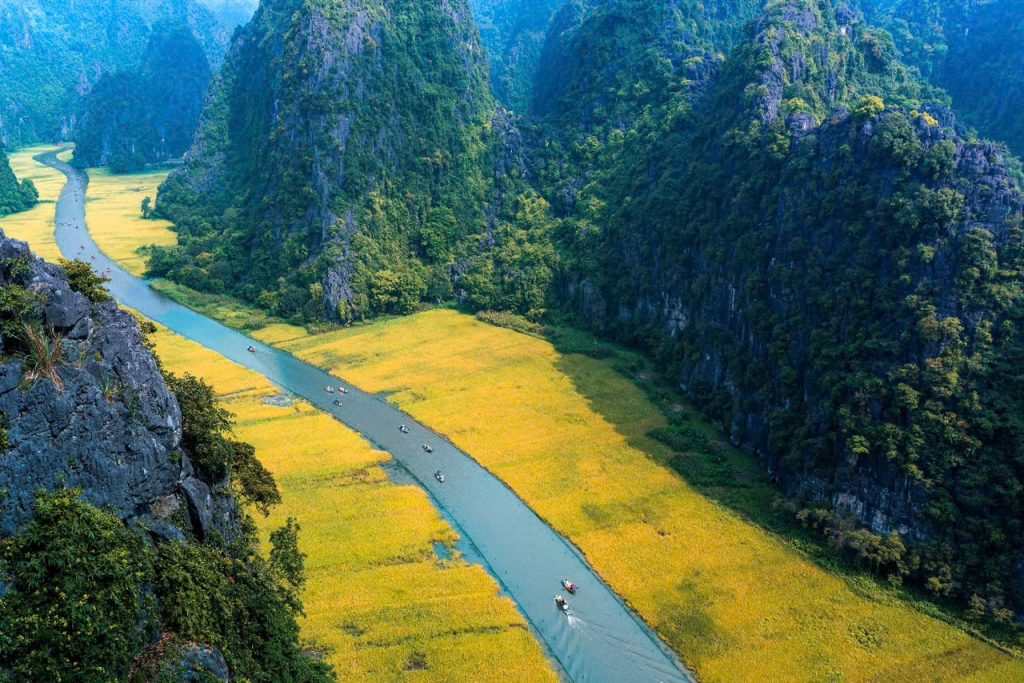Welcome to the enchanting world of Vietnam! As a first-time visitor, you’re about to embark on an incredible journey filled with stunning landscapes, rich history, vibrant culture, and arguably the most delicious food in the world. It’s normal to feel excitement and perhaps a little apprehension when planning a trip to a new country.
This guide is designed specifically for you – the first-timer. We’ll cut through the noise and give you the essential information, practical tips, and confidence you need to make your first trip to Vietnam unforgettable. Let’s dive in!
1. Essential Planning Steps Before You Go
Getting the basics right before you even step on the plane will save you time, stress, and money.
1.1. Understanding Visa Requirements
Most visitors need a visa to enter Vietnam. The process is relatively straightforward:

- E-visa: The most popular option for many nationalities. You apply and receive your visa online. Check the official Vietnam Immigration Department website for eligible countries and the application process.
- Visa on Arrival (VOA): Requires applying for an approval letter online beforehand from a licensed agency, and then getting the visa stamp upon arrival at certain international airports.
- Visa Exemption: Citizens of some countries (e.g., many ASEAN nations, some European countries) are exempt from visa requirements for a limited stay. Always check the latest official information based on your nationality well before your trip.
1.2. Best Time to Visit Vietnam
Vietnam’s climate varies significantly from North to South. Choosing the “best” time depends on where you plan to spend most of your time:
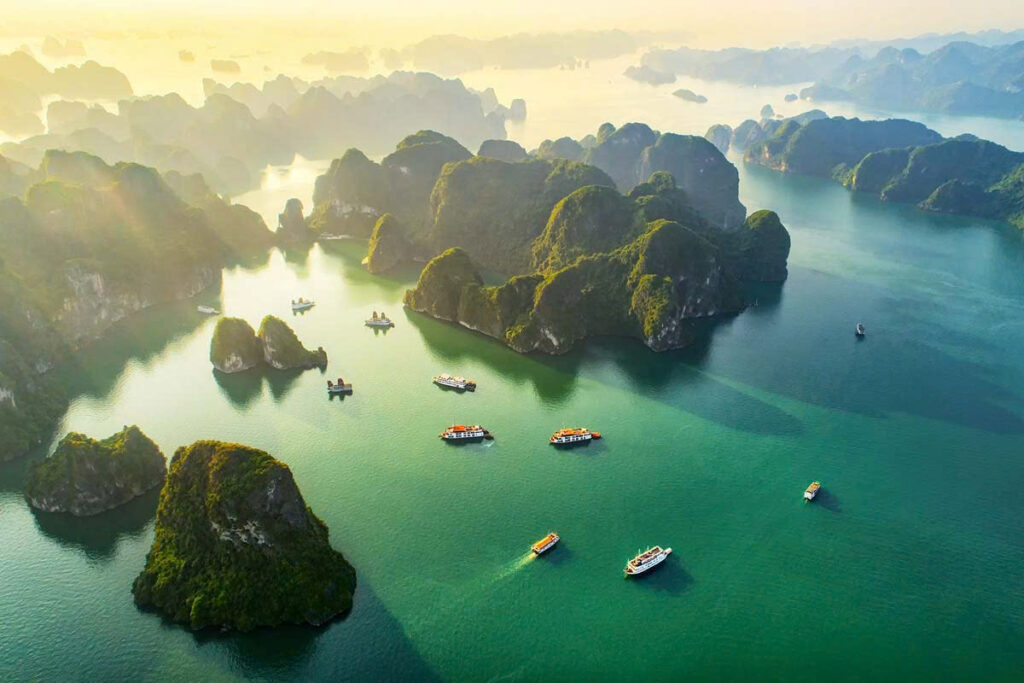
- North (Hanoi, Ha Long Bay, Sa Pa):
- Spring (Mar-Apr): Pleasant temperatures, low humidity. Ideal.
- Autumn (Sep-Nov): Sunny and cooler. Often considered the best time.
- Winter (Dec-Feb): Can be quite cold and misty, especially in mountainous areas like Sa Pa.
- Summer (May-Aug): Hot and humid with heavy rain.
- Central (Hoi An, Da Nang, Hue):
- Dry Season (Jan-Aug): Hot and dry, especially from May to August. Best for beaches.
- Wet Season (Sep-Dec): Prone to heavy rain and sometimes typhoons.
- South (Ho Chi Minh City, Mekong Delta, and Phu Quoc Island):
- Dry Season (Dec-Apr): Hot and sunny. Ideal time.
- Wet Season (May-Nov): Hot and humid with brief, heavy afternoon showers.
For a first-timer covering different regions, Spring (March-April) or Autumn (September-November) generally offer the most favorable conditions across the country.
1.3. Budgeting Your Trip
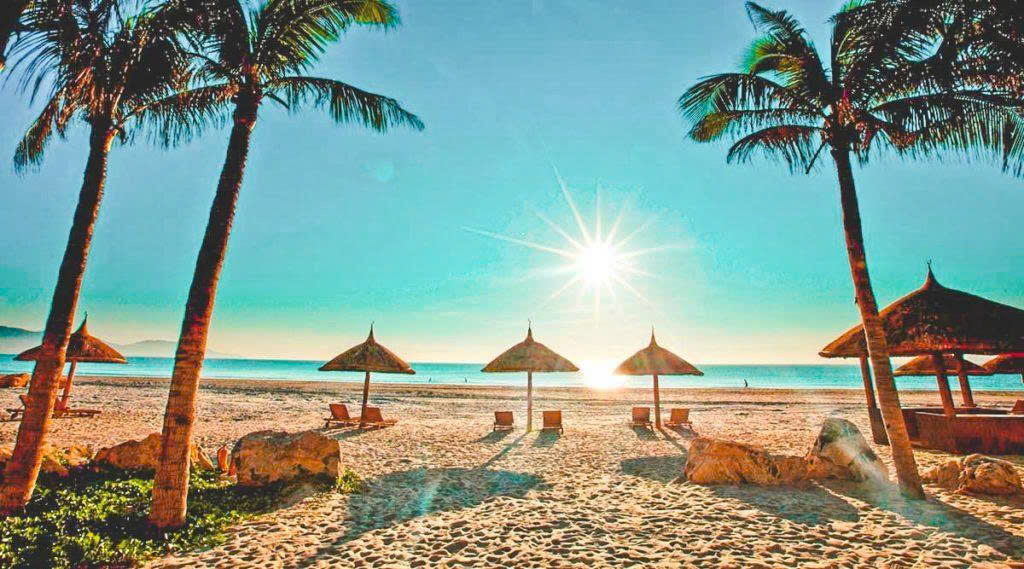
Vietnam is known for being budget-friendly, but costs can vary greatly depending on your travel style:
- Budget Traveler: $25 – $40 USD per day (Hostels, street food, local transport, free/cheap activities).
- Mid-Range Traveler: $50 – $100 USD per day (Comfortable hotels, mix of local/tourist restaurants, some tours, internal flights).
- Luxury Traveler: $150+ USD per day (High-end hotels/resorts, fine dining, private tours, lots of flights).
Remember to factor in the cost of visas, international flights, and any major tours (like a Ha Long Bay cruise). Vietnam’s currency is the Vietnamese Dong (VND).
1.4. What to Pack
Pack light, but be prepared for varying climates and activities. Essentials include:
- Lightweight, breathable clothing (cotton, linen)
- A light rain jacket or umbrella
- Comfortable walking shoes and sandals
- Sun protection (sunscreen, hat, sunglasses)
- Insect repellent
- Basic medical kit
- Travel adapter (Vietnam uses Types A, C, and F)
- Portable power bank
- Copies of important documents
1.5. Travel Insurance is Non-Negotiable
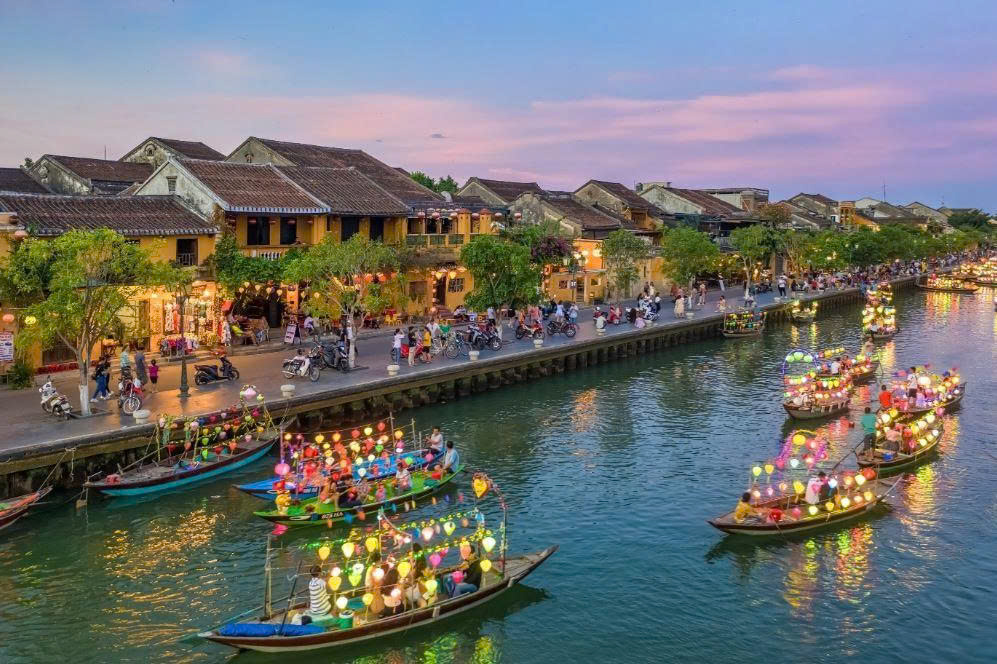
Seriously, get travel insurance. It provides vital coverage for medical emergencies, trip cancellations, lost luggage, and unexpected problems. Don’t skip this step.
2. Getting Around Vietnam
Getting around Vietnam is part of the adventure! You have several options:
- Domestic Flights: The fastest way to cover long distances between major cities like Hanoi, Da Nang, and Ho Chi Minh City. Airlines like Vietnam Airlines, VietJet Air, and Bamboo Airways operate frequently.
- Trains: A great way to see the scenery and travel overnight. The main line runs from North to South, named Tau Thong Nhat (“Reunification Express”). Comfortable sleeper berths are available.
- Buses: The cheapest option for inter-city travel. Sleeping buses are common for longer overnight journeys. Can be less comfortable than trains/flights.
- Taxis & Ride-Sharing: Readily available in cities, Xanh SM or Grab is very popular and reliable for both cars and motorbike taxis (XanhBike or GrabBike). Highly recommended for first-timers for clear pricing via the app.
- Getting Around Cities: Walking is great for exploring areas like Hanoi’s Old Quarter or Hoi An’s Ancient Town. Cyclos (pedicabs) offer a unique ride. Local buses are cheap but can be complicated for travellers at first. Motorbike taxis (via Grab or negotiating) are common but require caution due to traffic.
3. Top Destinations for Your First Trip
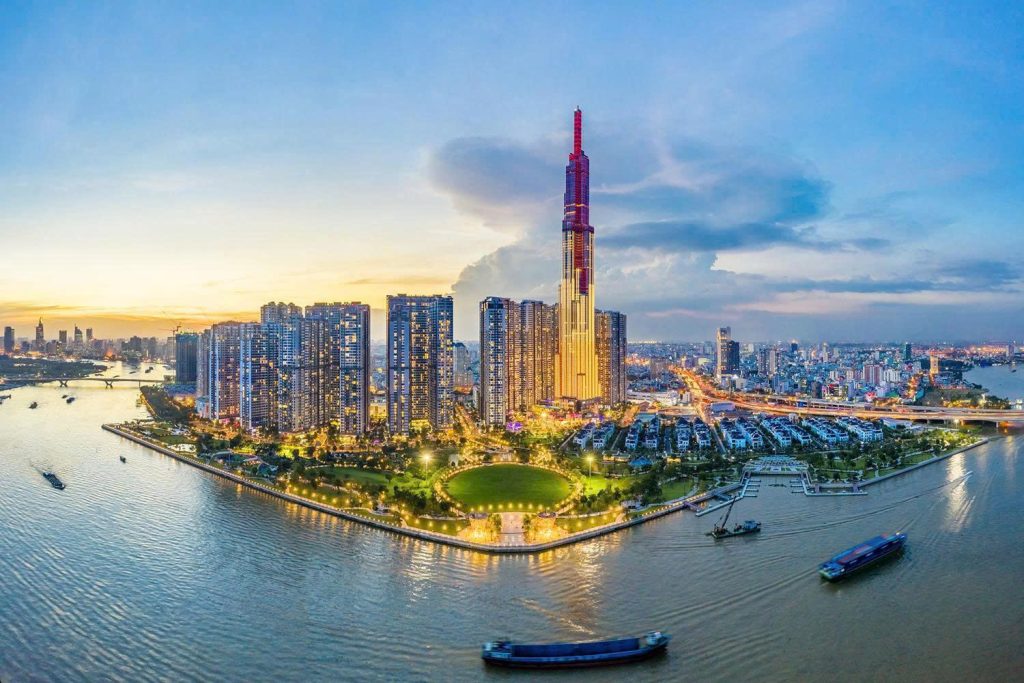
Trying to see everything in Vietnam on your first trip isn’t realistic. Focus on a few key areas to get a good taste of the country’s diversity.
- North: Hanoi & Ha Long Bay:
- Hanoi: The bustling capital, rich in history and culture. Explore the Old Quarter’s maze-like streets, visit the Temple of Literature, and stroll around Hoan Kiem Lake.
- Ha Long Bay: A UNESCO World Heritage site famous for its stunning karst limestone islands rising from the emerald waters. An overnight cruise is a classic Vietnam experience.
- Central: Hoi An & Da Nang:
- Hoi An: An incredibly charming ancient town with Chinese, Japanese, and French influences. Known for its tailor shops, lanterns, and beautiful architecture. Close to lovely beaches.
- Da Nang: A modern coastal city with beautiful beaches and easy access to the Marble Mountains and the Hai Van Pass. Often used as an entry point for Hoi An.
- South: Ho Chi Minh City (Saigon):
- The country’s largest and most dynamic city. Visit historic landmarks such as the War Remnants Museum and the Independence Palace, and soak in the vibrant atmosphere of Ben Thanh Market. Furthermore, it serves as the main gateway to the Mekong Delta.
4. Must-Try Experiences & Activities
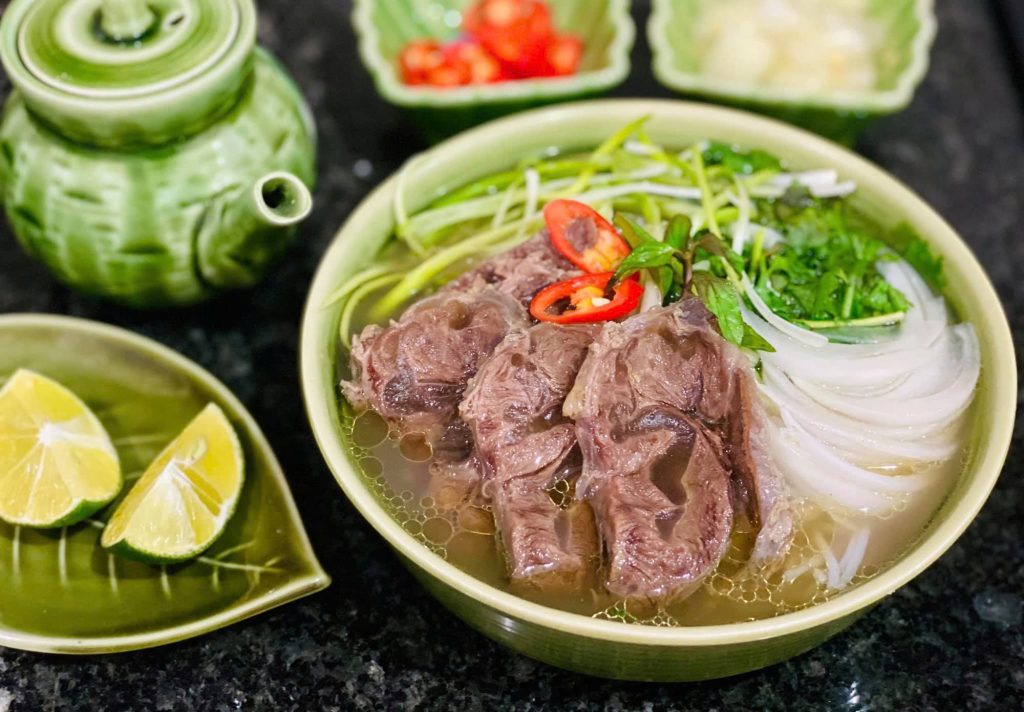
Don’t just see Vietnam, experience it!
- Dive into Vietnamese Cuisine: This deserves its own section, but sampling local food is paramount! Enjoying classics like a steaming bowl of Pho and a crispy Banh Mi promises a delightful experience for your palate.
- Explore Historic & Cultural Sites: Visit ancient temples, imperial cities (Hue), and poignant war history sites (Cu Chi Tunnels).
- Enjoy the Natural Beauty: Hike in the mountains (Sa Pa), relax on the beaches (Phu Quoc, Da Nang), or cruise through the dramatic landscapes of Ha Long Bay or the Mekong Delta.
- Shopping & Markets: Haggling is part of the experience in markets like Ben Thanh Market. Look for local handicrafts, silk, and coffee.
5. Essential Practical Tips for First Timers
Learn from others’ experiences to navigate smoothly.
5.1. Safety & Scams
Vietnam is widely considered safe for visitors, though you should be mindful of:
- Traffic: Crossing streets can be daunting. Walk slowly and steadily, letting motorbikes flow around you.
- Bag Snatching: Be cautious of your belongings, especially on sidewalks near busy streets.
- Common Scams: Be wary of overly friendly strangers offering unsolicited help, inflated taxi fares (use Grab or insist on the meter), and misleading prices for goods. Be vigilant, but don’t let it lead to undue anxiety.
5.2. Money Matters

- Currency: Vietnamese Dong (VND).
- ATMs: Widely available in cities and major towns. Inform your bank before traveling.
- Exchanging Money: Can be done at airports, banks, or gold shops (often offer better rates).
- Bargaining: Expected in markets and with independent vendors (like cyclo drivers). Be polite and smile.
- Small Bills: Carry smaller denominations of VND for taxis, street food, and small purchases.
5.3. Basic Vietnamese Phrases
Learning a few basic phrases is appreciated:
- Hello: Xin chào (Xin chao)
- Thank you: Cảm ơn (Cam on)
- Excuse me/Sorry: Xin lỗi (Xin loi)
- Yes: Vâng (Vang – North), Dạ (Da – South)
- No: Không (Khong)
- How much?: Bao nhiêu? (Bao nhieu)
5.4. Cultural Etiquette
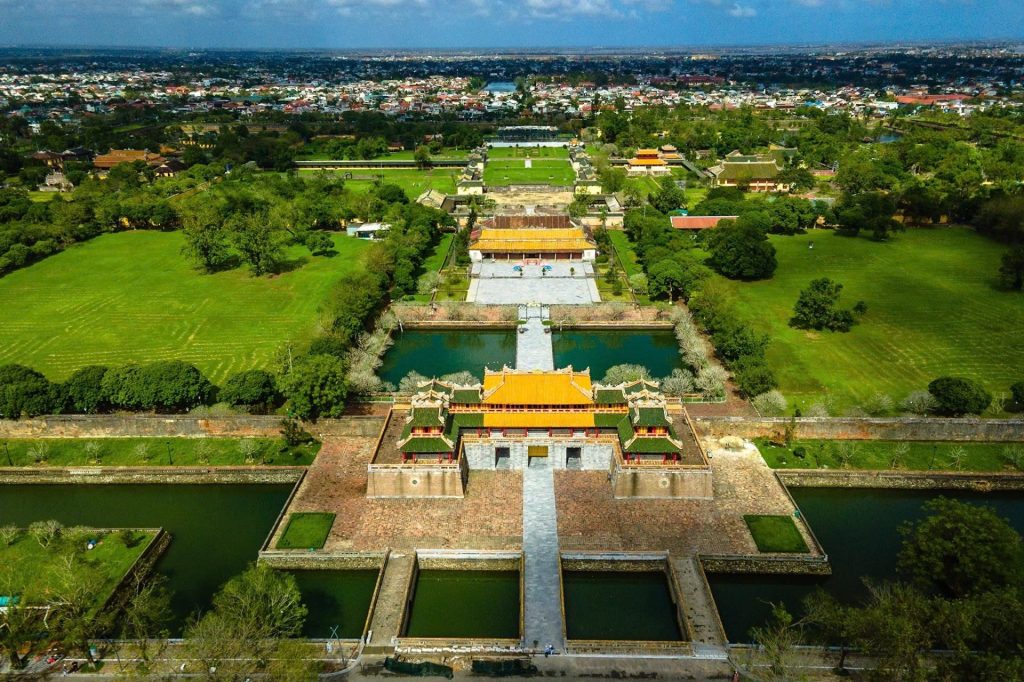
- Temples & Pagodas: Dress modestly (you should cover shoulders and knees). Remove shoes before entering.
- Footwear: Remove shoes when entering someone’s home.
- Public Displays: Avoid excessive public displays of affection.
- Bargaining: Keep it light-hearted and respectful.
5.5. Health & Hygiene
- Water: Do NOT drink tap water. Only use bottled water when drinking or brushing your teeth.
- Food: While street food is amazing, choose stalls that are busy and look clean. Cooked food is generally safer.
- Vaccinations: Consult your doctor about recommended vaccinations.
- Travel Insurance: (Mentioned again for emphasis!)
5.6. Staying Connected
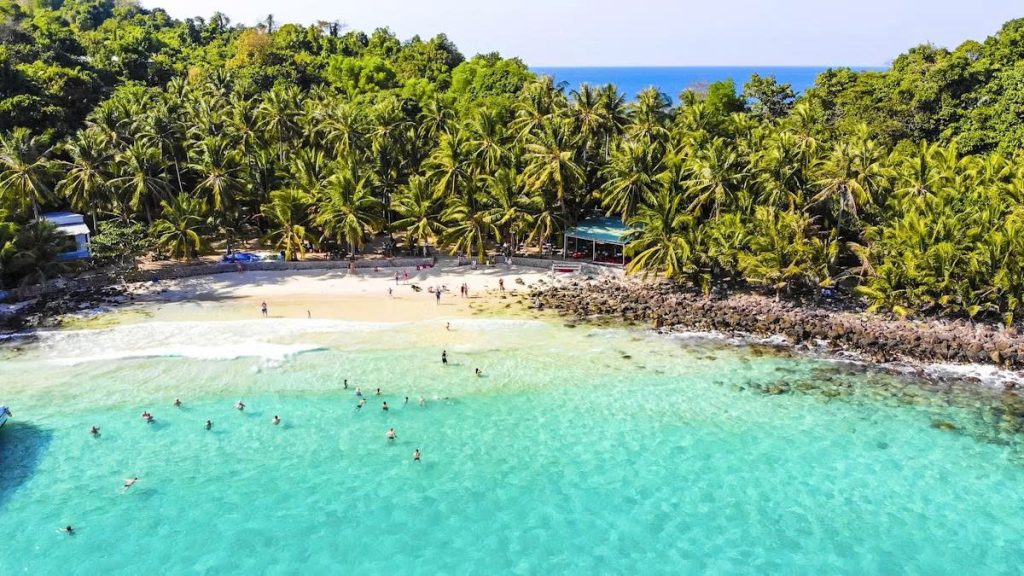
- SIM Card: Easy and cheap to buy at the airport or mobile shops (Viettel, Mobifone, Vinaphone are major carriers). Essential for using Grab and maps.
- WiFi: Widely available and usually free in hotels, cafes, and restaurants.
6. Vietnamese Food: A First Timer’s Culinary Journey
Vietnamese food is fresh, flavorful, and addictive. Don’t be shy!
- Must-Try Dishes:
- Pho: The iconic noodle soup. Find a local spot!
- Banh Mi: A delicious baguette filled with various ingredients. Perfect for a quick meal.
- Bun Cha: Grilled pork with vermicelli noodles, often served with a dipping sauce (especially famous in Hanoi).
- Goi Cuon (Fresh Spring Rolls): Healthy and fresh.
- Nem Ran (North) / Cha Gio (Sourth) (Fried Spring Rolls): Crispy and tasty.
- Drinks: Try Vietnamese coffee (Cà Phê) – hot or iced (Đen đá, Sữa đá). Don’t miss Egg Coffee in Hanoi! Fresh fruit smoothies and sugar cane juice are also popular.
- Eating Experience: Pull up a small plastic stool on the sidewalk and enjoy the vibrant atmosphere!
RELATED: Best Time to Visit Vietnam 2025: Weather by Region
Vietnam is an incredible country that rewards adventurous travelers with unique experiences, stunning sights, and unparalleled flavors. While planning your first trip might seem daunting, remember that millions of people have successfully explored this beautiful nation before you.
By following this guide, focusing on key destinations, staying open to new experiences, and keeping these practical tips in mind, you’re well on your way to an amazing adventure.


